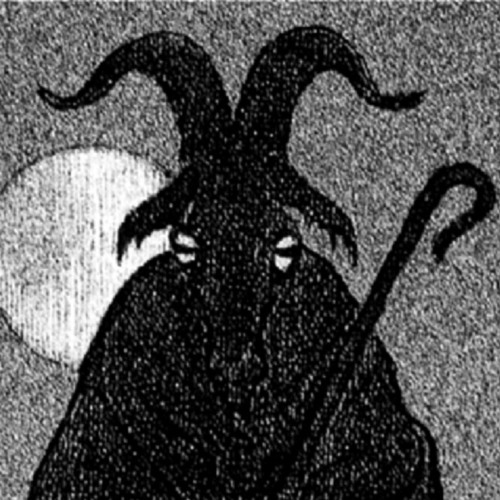

On the contrary, Hallucinochrysa diogenesi possessed a bizarre, unique morphology it showed extremely elongated tubercles, with hairs that had trumpet-shaped endings acting as anchoring points. Today green lacewing larvae harvest plant materials or even detritus and arthropod remains and carry them on their backs, nestled among small tubercles with hairs. Observing the morphology, micro-structure and composition of these trichomes, researchers were able to state that they belonged to ferns. The fossil, related to current green lacewings, represents a new genus and species designated Hallucinochrysa diogenesi, alluding to its mind-blowing appearance and resemblance to Diogenes syndrome, a human behavioural disorder characterized by compulsive hoarding of trash.Īccording to the study, the filamentous plant remains composing the larval trash packet are recognised as trichomes, that is, plant hairs with diverse shapes and functions. This kind of behaviour, the trash-carrying, is a survival strategy observed in current species to render them nearly undetectable to predators and preys. It is covered by a tangle of filamentous plant remains that it collected with its jaws to form a defensive shield and camouflage itself.

The fossil, about four millimetres long, is a predatory larva of the order Neuroptera. To cover the body with detritus to camouflage

Engel, from the Division of Entomology of the University of Kansas (USA). The researchers who participated in the study are: Ricardo Pérez-de la Fuente and Xavier Delclòs, from IRBio and from the Department of Stratigraphy, Paleontology and Marine Geosciences at the University of Barcelona (Spain) Enrique Peñalver, from the Geominer Museum of the Spanish Geological and Miner Institute Mariela Speranza, Carmen Ascaso and Jacek Wierzchos, from the National Museum of Natural Sciences, of the Spanish National Research Council, and Michael S. The paper is based on the study of an amber piece found in 2008 in El Soplao outcrop (Cantabria, Northern Spain), the Mesozoic’s richest and largest amber site in Europe. An insect larva covered by plant remains that lived in the Early Cretaceous, about 110 million years ago, evidences the most ancient known insect camouflage, according to a paper published in the last edition of the journal Proceedings of the National Academy of Sciences (PNAS).


 0 kommentar(er)
0 kommentar(er)
